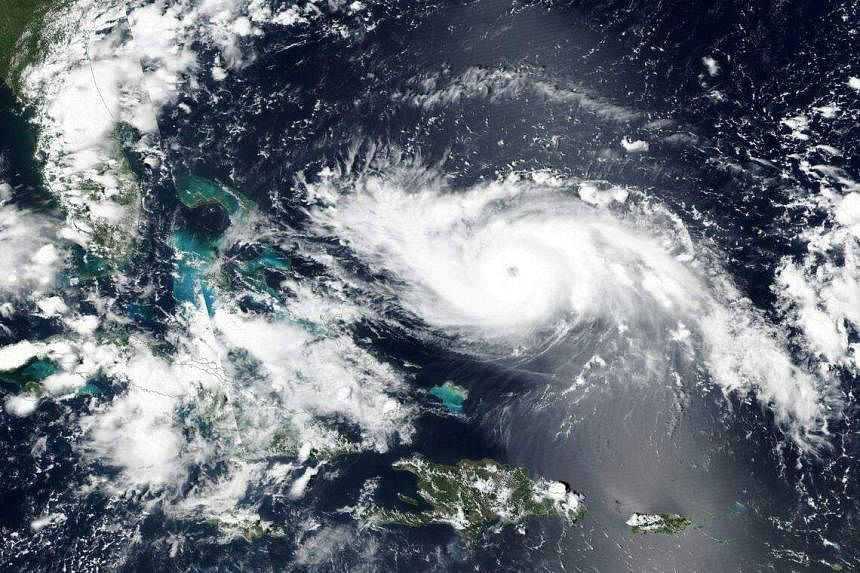The monitoring group Free and Fair Election Network (Fafen) on Saturday raised an issue with the Election Commission of Pakistan’s (ECP) list of preliminary delimitations issued this week, saying that over one-fifth of the constituencies exceeded the 10 per cent population variation.
The ECP had published the list on Wednesday, rearranging electoral districts across the country in light of the 2023 digital census, clubbing dozens of districts to rationalise the population of constituencies, as well as reshuffling the number of national and provincial assembly seats allocated to various districts.
The ECP decision was termed as a significant step towards the conduct of general elections, likely to be held in the first month of the next year.
The delimitation of constituencies follows recent amendments to the Elections Act, 2017, including the insertion of a new proviso to Section 20(3), which now does not require the ECP to “strictly adhere” to the existing district boundaries if doing so causes the variance in the population of constituencies of an assembly to surpass 10pc, to ensure fairer elections.
How is population variance calculated?
According to Fafen, the difference among constituency populations can be calculated and pointed out by comparing a constituency’s population with the average population per seat of an assembly or quota per seat.
Fafen said the quota is calculated by dividing a province’s population, as determined by the last officially published census, by the number of seats of that province in the national or provincial assemblies, as provided in the Constitution.
Fafen had urged the electoral watchdog last month to strictly ensure each constituency had roughly the same number of residents.
In a press release issued today, Fafen said as many as 180 constituencies of the National and provincial assemblies did not meet the legal preferability of a 10pc variation in the population, thus undermining the “principle of equal suffrage” that was otherwise upheld by Parliament through the latest amendments in the Elections Act.
“According to the amendments enacted on August 4, 2023, after parliamentary approval, the ECP was expected to disregard district boundaries to ensure that the variation among the population of an assembly’s constituencies does not ordinarily exceed 10pc.”
The monitoring group said the quota for each National Assembly (NA) constituency for Khyber Pakhtunkhwa was calculated at 907,913, 787,954 for the Islamabad Capital Territory, 905,595 for Punjab, 913,052 for Sindh and 930,900 for Balochistan.
Similarly, the provincial assembly (PA) seat quota for KP was established at 355,270, 429,929 for Punjab, 428,432 for Sindh and 292,047 for Balochistan.
“An analysis of the preliminary report of delimitation 2023 and draft lists of constituencies reflects that the parliamentary emphasis on minimising the population variation was not extensively used to ensure the equality of votes in constituencies of an assembly,” the press release reads.
It added that the Election Act change was only used in delimiting 11 NA constituencies — six in KP, three in Punjab and two in Sindh — and one Punjab Assembly constituency.
“As a result, the number of constituencies with more than 10pc variation in population went up from 170 — 82 NA and 88 PAs — in 2022 delimitation to 180 — 83 NA and 97 PAs — in the 2023 draft lists of constituencies.
“This means that more than one-fifth of the total constituencies demarcated do not comply with Section 20(3) of the Elections Act, 2017. The proposed NA constituencies with more than 10pc population variation included 35 constituencies in Punjab, 22 in Sindh, 21 in Khyber Pakhtunkhwa, and five in Balochistan.
“Similarly, the PA constituencies included 30 in Khyber Pakhtunkhwa, 26 in Punjab, 25 in Balochistan, and 16 in Sindh,” Fafen said.
It explained that the issue of inequality among constituency populations continued because the ECL did not update the Election Rules to reflect Section 20(3) of the Elections Act.
This, Fafen said, had resulted in the following scenarios:
- The largest NA constituency, NA-39 Bannu, has a population of 1,357,890, nearly three times bigger than the smallest constituency, NA-1 Chitral Upper-cum-Chitral Lower, with a population of 515,935
- The largest proposed NA constituency in Punjab is NA-49 Attock-I with a population of 1,126,142, against the smallest NA-61 Jhelum-II having a population of 690,683.
- Sindh’s NA-209 Sanghar-I is proposed to have a population of 1,172,516, while NA-221 Tando Muhammad Khan is carved out with a population of 726,119.
- Balochistan’s NA-255 Sohbatpur-cum-Jaffarabad-cum-Usta Muhammad-cum-Nasirabad has a population of 1,124,567 in contrast to NA-261 Quetta-I’s population of 799,886.
For the provincial assemblies, KP’s largest constituency PK-93 Hangu (528,902) hosts almost three times the population of the smallest, PK-1 Upper Chitral (195,528); the largest PA constituency in Sindh, PS-75 Thatta-I, has a population of 556,767, while PS-79 Jamshoro-II is the smallest with a population of 354,505; Punjab’s largest PA constituency, PP-177 Kasur-III, has a population of 510,875, while the smallest PP-84 Khushab-IV has a population of 359,367 and Balochistan’s PB-51 Chaman with a population of 466,218 is the largest constituency, two and a half times bigger than the smallest constituency, PB-23 Awaran, with a population of 178,958.
“Such inequalities in the constituencies’ population may potentially result in a greater number of representations by voters,” Fafen cautioned.
It urged the ECP to enhance the voter-friendliness of the process of filing representations on the draft constituencies and consider allowing their submission at its district, regional, and provincial offices. It added that hearings on these representations could also be arranged at the provincial level.
“Currently, every voter seeking to file a representation on delimitation has to travel to Islamabad for its submission and subsequently for hearings at the ECP Secretariat, which bears additional costs and efforts,” Fafen pointed out.
It further urged the ECP to direct the Pakistan Bureau of Statistics to promptly publish the census block-wise data of the population on its website as under Rule 12(2), voters would require this data for filing representations.
According to the ECP, the publication of the preliminary constituencies will continue for 30 days from September 27 to October 26. It had said objections (representations) to the preliminary constituencies could be made by the voters of the concerned constituency.
The representations, the ECP stated, should be addressed to the commission’s secretary and be submitted to the ECP Secretariat in Islamabad by Oct 27. “The ECP will take decisions on these representations from Oct 28 to Nov 26 after hearing the positions of the respective parties.”
Listing the procedure of submitting representations, the commission said they should be submitted by a voter of the concerned constituency in the form of a “memorandum” and entail the signatures of the voter. It said eight copies of the representations and constituency maps were required to be submitted. “Representations by courier, post and fax etc. will not be accepted,” the commission had added.
Under the original delimitation schedule issued by the ECP on August 17 — ten days after the notification of census results — the initial delimitation exercise was to be completed on Oct 7 and preliminary proposals for delimitation along with the report were to be published on Oct 9.
However, on Sept 1, the ECP had announced squeezing timelines of the delimitation exercise by 14 days to complete the process on November 30, instead of the scheduled December 14.
The completion of the delimitation brings ECP closer to holding polls by the last week of January, as planned by the body. A specific date for the elections is yet to be announced.
Note: This article have been indexed to our site. We do not claim legitimacy, ownership or copyright of any of the content above. To see the article at original source Click Here













